 Top 10 Indoor Plants for a Healthier Home
Top 10 Indoor Plants for a Healthier Home
Indoor plants not only beautify your living space but also offer numerous health benefits. From purifying the air to reducing stress and enhancing your mood, plants play a vital role in creating a healthier and more vibrant home. In this guide, we’ll explore the top 10 indoor plants that are easy to maintain, visually appealing, and contribute to a healthier environment.
1. Snake Plant (Sansevieria)
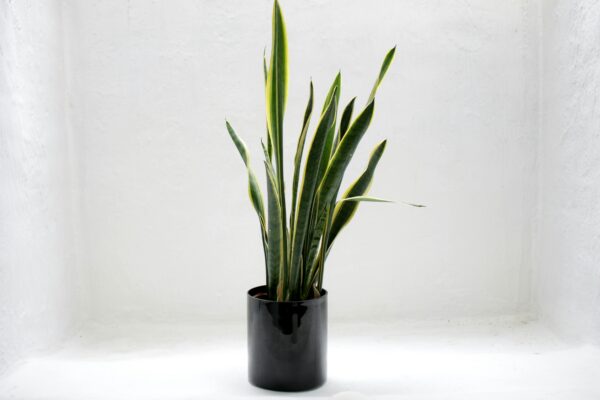
The snake plant is one of the most popular indoor plants, and for good reason. It’s incredibly resilient and requires minimal care. Its ability to purify the air by removing toxins such as formaldehyde, xylene, and toluene makes it ideal for homes and offices.
Care Tips:
Water sparingly; overwatering can cause root rot.
Place it in indirect sunlight.
Wipe the leaves occasionally to remove dust.
Value Tip: Having a snake plant in your bedroom can improve sleep quality because it produces oxygen at night, unlike most plants.
2. Aloe Vera
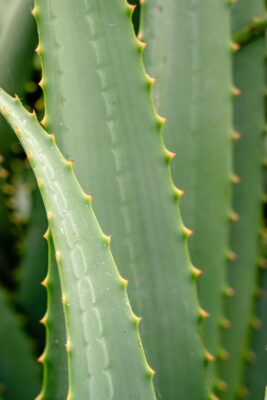
Aloe vera is not just a plant; it’s a natural remedy. Known for its medicinal properties, the gel inside its leaves can soothe burns, cuts, and skin irritation. Additionally, it purifies the air by absorbing carbon dioxide and releasing oxygen, especially during nighttime.
Care Tips:
Place it near a sunny window.
Water only when the soil is completely dry.
Remove damaged leaves to encourage growth.
Value Tip: Keep a small aloe vera pot in your kitchen; it can help in case of minor burns while cooking.
3. Peace Lily (Spathiphyllum)
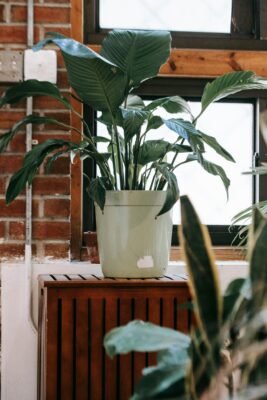
Peace lilies are elegant, low-maintenance plants with striking white flowers. They are excellent at filtering airborne toxins such as benzene, formaldehyde, and ammonia.
Care Tips:
Keep the soil moist but not soggy.
Indirect sunlight is best.
Dust the leaves regularly.
Value Tip: Peace lilies are perfect for office spaces because they help reduce mold spores in the air, improving overall air quality.
4. Spider Plant (Chlorophytum comosum)
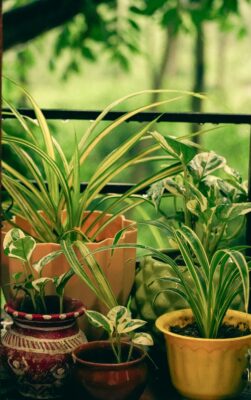
Spider plants are hardy, easy to grow, and highly efficient at removing indoor pollutants. They thrive even in less-than-ideal conditions, making them perfect for beginners.
Care Tips:
Water moderately; let the soil dry between waterings.
Indirect sunlight is ideal.
Trim brown tips to maintain appearance.
Value Tip: Spider plants propagate easily through “spiderettes,” so you can share them with friends or create multiple indoor displays.
5. Rubber Plant (Ficus elastica)
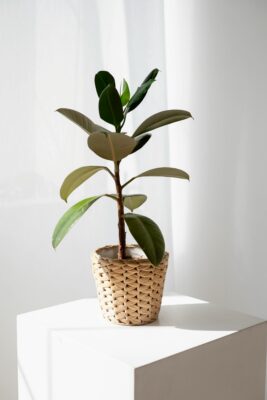
The rubber plant is known for its large, glossy leaves that can remove toxins like formaldehyde from your home. It is also believed to boost indoor humidity, which is helpful during dry seasons.
Care Tips:
Water weekly, allowing the soil to dry slightly between watering.
Keep in bright, indirect light.
Wipe leaves with a damp cloth to remove dust.
Value Tip: Rubber plants can grow tall, making them perfect for filling empty corners and adding a natural focal point indoors.
6. Boston Fern (Nephrolepis exaltata)

Boston ferns are beautiful, lush plants that thrive in humid environments. They are excellent at improving indoor air quality and can absorb pollutants such as formaldehyde and xylene.
Care Tips:
Keep the soil consistently moist.
Place in indirect sunlight or partial shade.
Mist the leaves to maintain humidity.
Value Tip: Ideal for bathrooms or kitchens where humidity levels are higher, helping the plant thrive while naturally purifying the air.
7. Areca Palm (Dypsis lutescens)
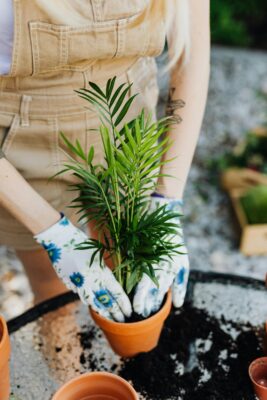
Areca palms are not just decorative; they are known as natural humidifiers. They release moisture into the air and help remove toxins like xylene and toluene.
Care Tips:
Water regularly but avoid waterlogging.
Indirect sunlight works best.
Prune old leaves to encourage new growth.
Value Tip: Placing an Areca palm in your living room can reduce dryness and improve respiratory health.
8. Pothos (Epipremnum aureum)
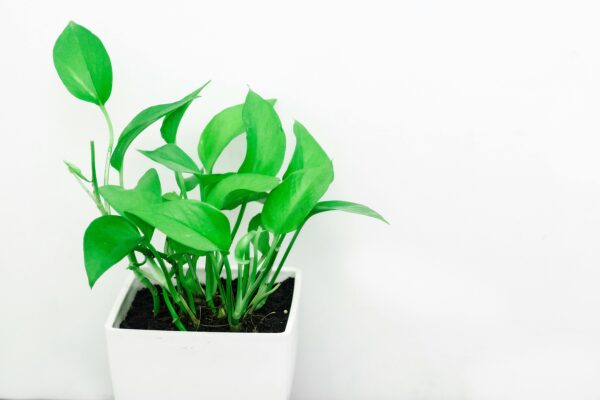
Pothos, also called devil’s ivy, is virtually indestructible. It’s a versatile climber that thrives in low light and removes indoor pollutants such as formaldehyde, benzene, and carbon monoxide.
Care Tips:
Water when the top inch of soil is dry.
Can grow in water or soil.
Trim regularly to maintain shape.
Value Tip: Use pothos in hanging baskets or allow it to climb walls for a lush, green indoor look.
9. Dracaena
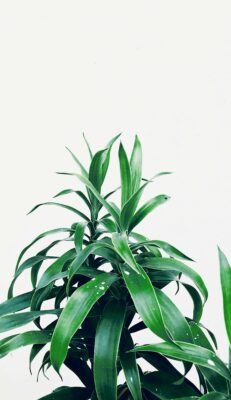
Dracaena plants are known for their striking foliage and air-purifying qualities. They filter out trichloroethylene, benzene, formaldehyde, and other harmful chemicals.
Care Tips:
Water moderately, letting soil dry slightly between waterings.
Place in indirect sunlight.
Remove yellow leaves to keep it healthy.
Value Tip: Perfect for offices or study rooms as they can reduce indoor toxins while adding a modern aesthetic.
10. ZZ Plant (Zamioculcas zamiifolia)
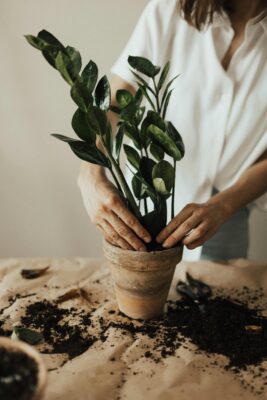
ZZ plants are nearly indestructible and highly resilient to neglect. They are excellent for purifying indoor air and require very little maintenance.
Care Tips:
Allow soil to dry between waterings.
Indirect sunlight is sufficient.
Wipe leaves to keep them shiny.
Value Tip: ZZ plants are ideal for low-light areas such as hallways or bathrooms, adding greenery without much effort.
Tips for a Healthier Home with Indoor Plants
Mix & Match: Combine different plants to target various pollutants in your home.
Proper Placement: Some plants need indirect sunlight, while others can tolerate low light. Observe your home’s lighting before choosing plants.
Humidity & Ventilation: Certain plants thrive in humid conditions. Pair them with a humidifier or place them in naturally humid areas.
Regular Maintenance: Dust leaves, trim dead foliage, and repot when necessary to keep plants healthy.
Mental Benefits: Indoor plants reduce stress, improve mood, and enhance creativity, making them a natural wellness tool.
Conclusion
Adding indoor plants to your home is more than just a decorative choice—it’s an investment in your health and well-being. From the hardy snake plant to the elegant peace lily, each plant offers unique benefits. By following proper care guidelines and strategically placing these plants around your home, you can purify the air, boost your mood, and create a peaceful, aesthetically pleasing environment.
Start small, observe how plants thrive in your space, and gradually expand your indoor garden. Your home will not only look greener but feel healthier and more vibrant every day.
visit store: Store – treecan

